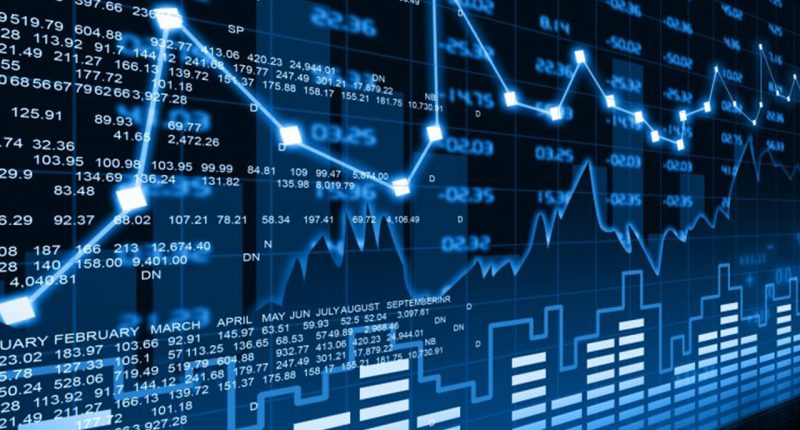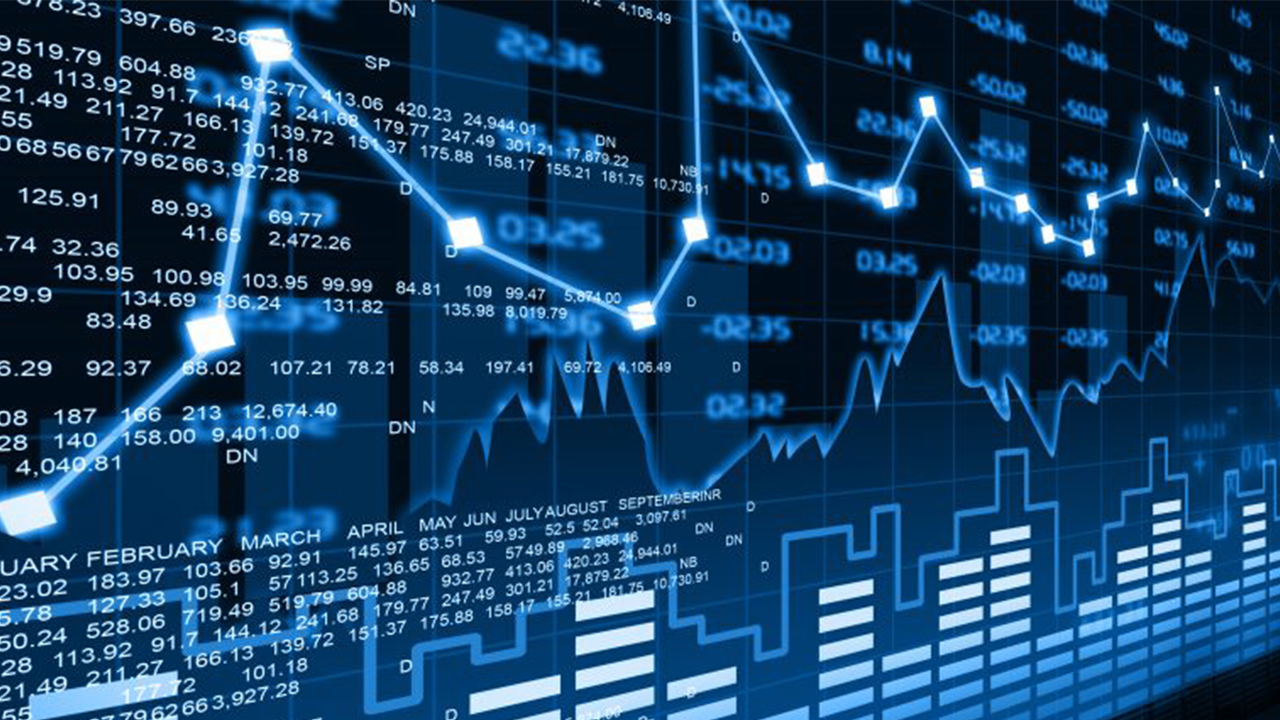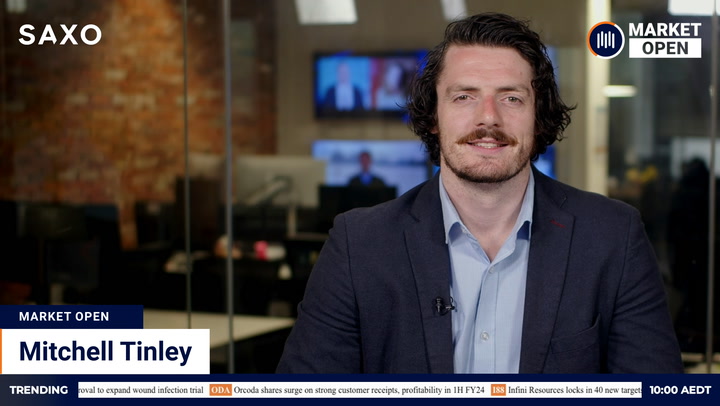The share market looks set to open near an 11-month high after trillion-dollar stimulus expectations lifted Wall Street to a fresh record.
ASX SPI200 index futures edged up five points or 0.1 per cent as Wall Street looked ahead to the unveiling of President-elect Joe Biden’s stimulus plan this week.
Oil and iron ore edged higher. Gold suffered its biggest drop since early November. Industrial metals declined.
Wall Street
A choppy session in the US ended with a fourth straight win after Biden promised to unveil a stimulus package on Thursday reported to be in the trillions of dollars. The market briefly turned negative when a Democrat senator appeared to oppose larger stimulus cheques, but recovered when his office “clarified” his remarks.
The S&P 500 closed 21 points or 0.55 per cent ahead at a new closing peak. The Dow Jones Industrial Average fell more than 200 points before rebounding to a gain of 57 points or 0.18 per cent. The Nasdaq Composite outperformed with a rise of 135 points or 1.03 per cent.
“Stocks are going to start to price in a bigger economic relief package from the Biden administration,” Ed Moya, senior market analyst at OANDA, told Reuters. “That is going to continue to be the driver on equities.”
Biden’s plan is expected to include increased direct stimulus payments to Americans, unemployment insurance and aid to help city and state governments deal with Covid.
“We need to provide more immediate relief for families and businesses now,” he said. “The price tag will be high.”
The market wobbled after Democrat Senator Joe Manchin questioned the need to increase stimulus cheques from US$600 to US$2,000, a sign Biden’s spending plans may face opposition within his own party. Shares rebounded when Manchin backed away from his initial remarks.
The argument for increased spending was brought into relief by news the economy unexpectedly shed 140,000 jobs last month. The decline came as the US battled a surge in Covid-19 cases. Economists had predicted a modest increase in employment of around 50,000. The drop was the first in eight months.
Australian outlook
Market sentiment remains bullish with investors continuing to price in economic recovery as vaccines become broadly available and governments and central banks cushion the slowdown with massive cash injections. On Friday, the S&P/ASX 200 secured its highest finish since February, surpassing last month’s ten-month closing high by a single point. The index gained 2.6 per cent last week, its best return since early November.
While our futures suggest limited enthusiasm for gains this session, Mondays tend to be bullish. Covid numbers over the weekend were in the low single digits in the hot spot of New South Wales. Sydney’s Northern Beaches emerged from lockdown over the weekend. Greater Brisbane is due to end a three-day lockdown this evening.
The yield on ten-year US treasuries soared on Friday to its highest level since March. That is a plus for the financial sector, but a negative for precious metals and bond proxies such as utilities, REITs and infrastructure stocks. Nonetheless, US financials fell 0.2 per cent and bond proxies rallied.
The two sectors with the heaviest weighting on the ASX – financials and materials – both finished in the red in the US. Materials was the session’s worst performer, falling 0.5 per cent. Consumer discretionary, real estate and utilities all gained at least 0.9 per cent.
The economic calendar is reasonably busy this week. November retail sales figures are due today, weekly consumer sentiment and credit spending tomorrow and monthly consumer confidence on Wednesday.
A new corporate quarterly reporting season gets underway this week in the US. The first of the heavy hitters report late in the week. JP Morgan Chase, Wells Fargo and Citigroup release earnings on Friday. BlackRock, Delta Air Lines and Charles Schwab report the day before.
The dollar started the week on the advance, rising 0.3 per cent to 77.65 US cents.
Commodities
US gold stocks slumped after gold dived more than 4 per cent. Gold for February delivery skidded $78.20 or 4.1 per cent at US$1,835.40 an ounce as US bond yields pushed past 1.1 per cent. The NYSE Arca Gold Bugs Index slid 5 per cent.
Mining heavyweights BHP and Rio Tinto inched higher with iron ore in overseas trade. BHP’s US-listed stock gained 0.38 per cent and its UK-listed stock 0.91 per cent. Rio Tinto added 0.83 per cent in the US after finishing flat in the UK. The spot price for iron ore landed in China rose $1.15 or 0.7 per cent to US$171.75 a tonne.
Oil continued to coast higher following Saudi Arabia’s pledge last week to cut production. Brent crude settled $1.61 or 3 per cent ahead at US$55.99 a barrel.
Industrial metals declined following a Reuters report that the Trump administration may relax mining restrictions before leaving office. Any relaxation would increase market supply, depressing prices. Benchmark copper on the London Metal Exchange dropped 0.6 per cent to US$8,118 a tonne. Aluminium gave up 0.2 per cent, nickel 2.5 per cent, lead 1.7 per cent, zinc 2.6 per cent and tin 0.4 per cent.







